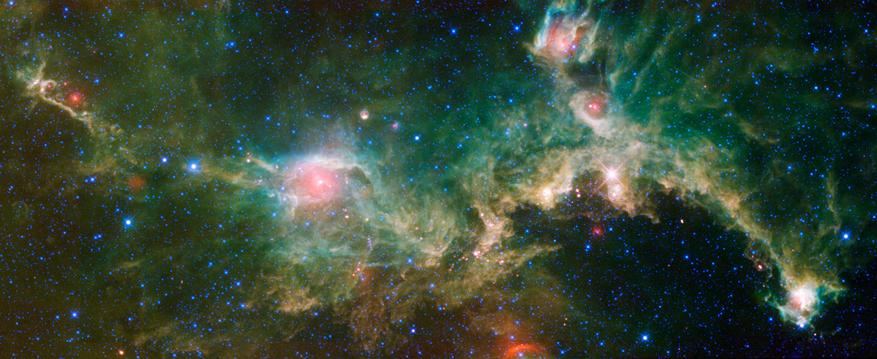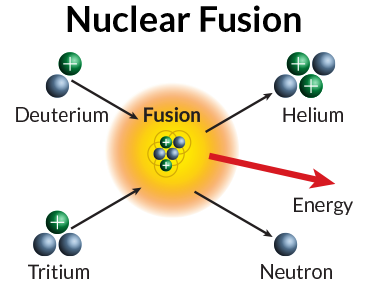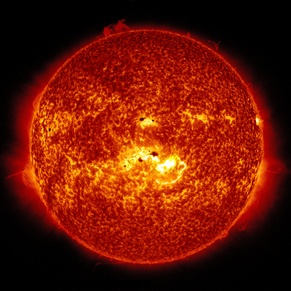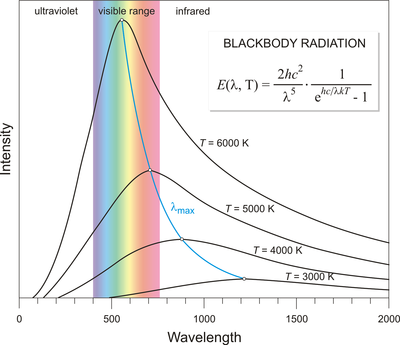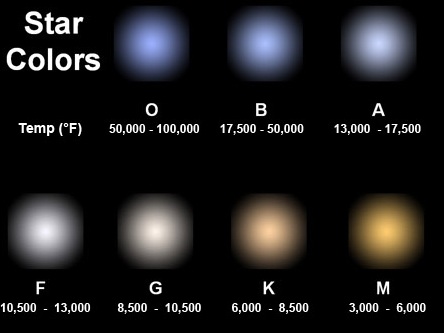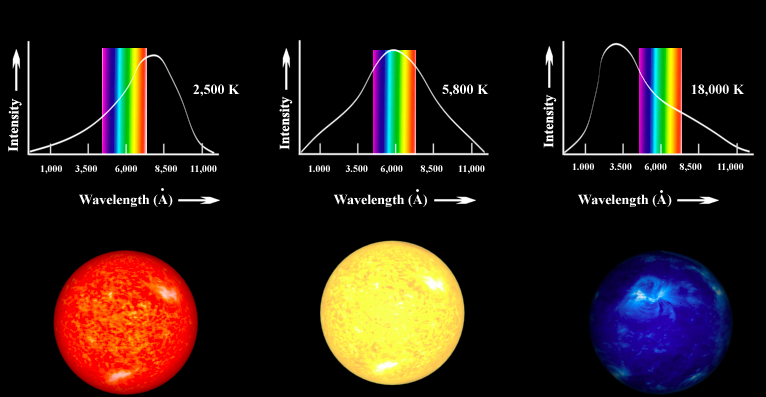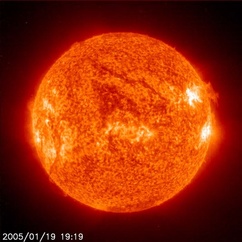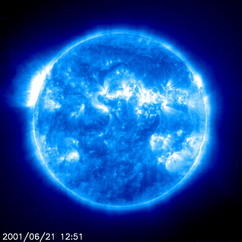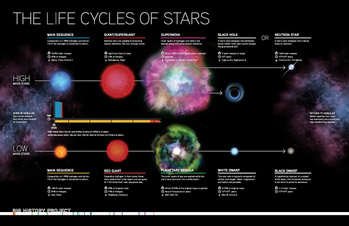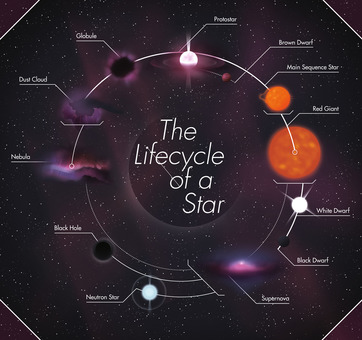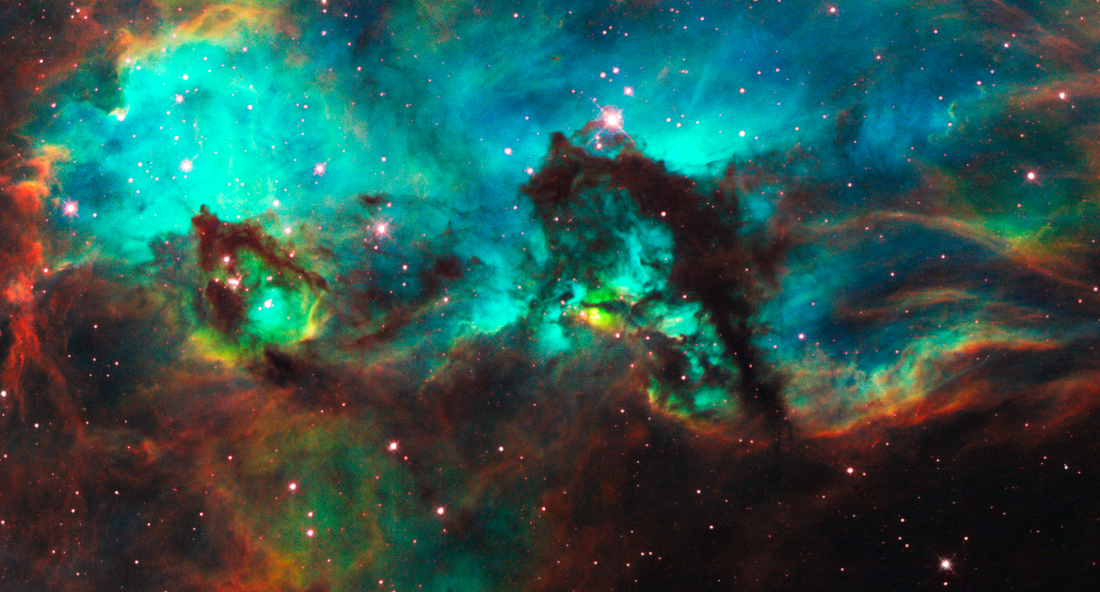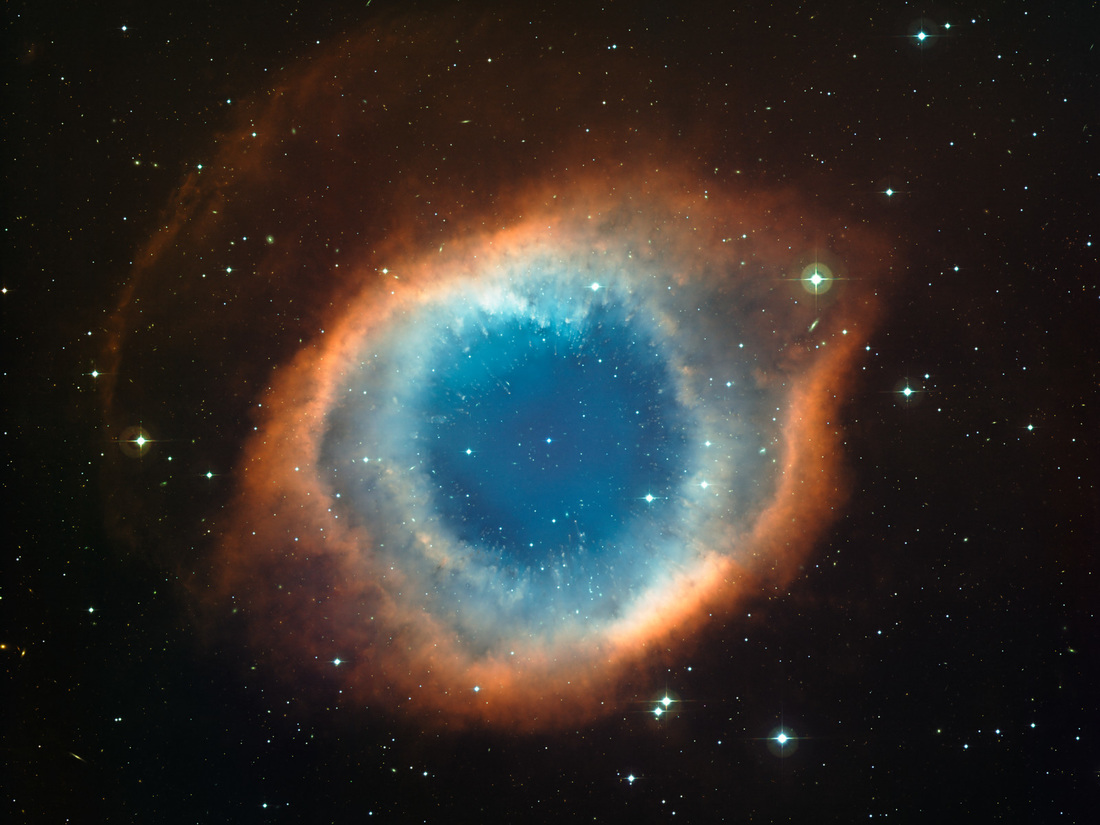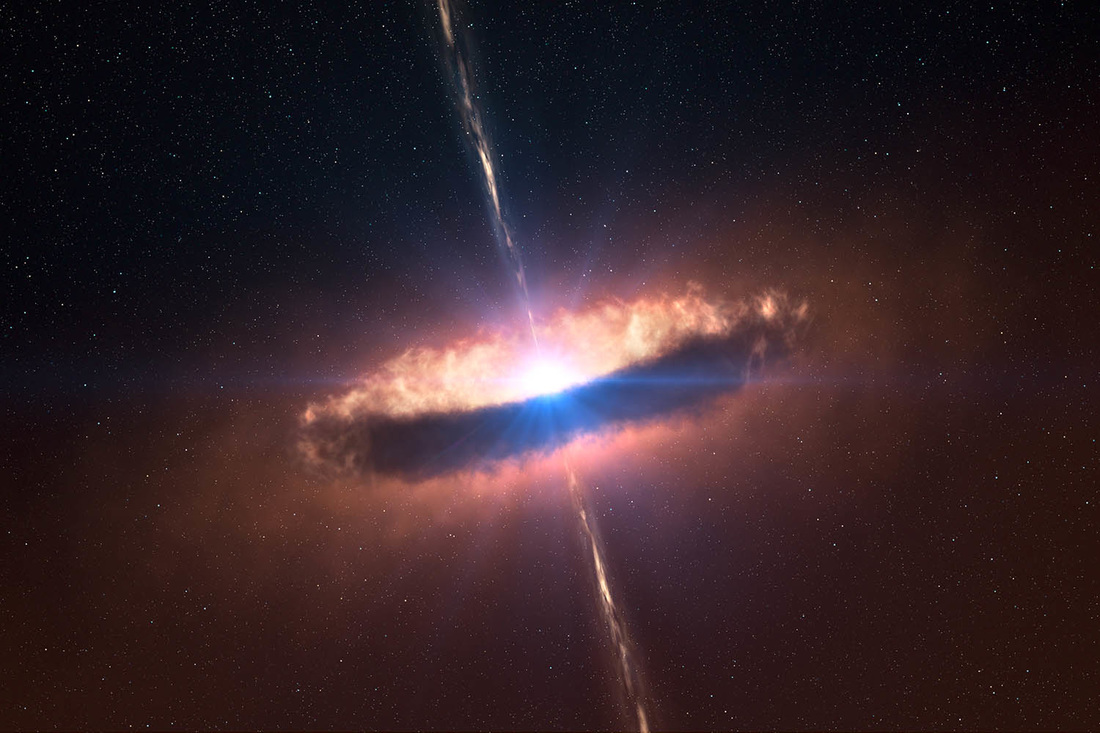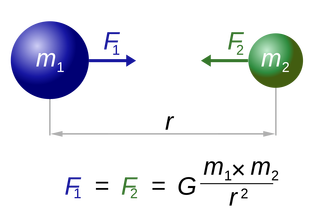Astronomy Basics
Stars and their brightness
Stars are volumes of gas that emanate light through a process called nuclear fusion. Essentially, fusion takes place when smaller atoms or atomic particles are combined together under extreme temperatures and pressures, to build bigger atoms. For most smaller elements, this process creates more energy than it uses, and often this energy is in the form of heat and light.

The magnitude of a star is a measure of its brightness. Confusingly, the values of magnitude are opposite to what we expect; brighter stars have low values (or sometimes negative), and the fainter stars have larger values. This is due to the way magnitude is calculated - it is a negative logarithm that compares the luminosity of one star to a fixed reference (Vega). (read more about it here)
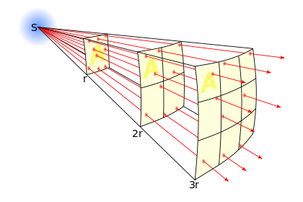 Inverse square law; light is spread out with greater distances
Inverse square law; light is spread out with greater distances
Magnitude can be expressed in two ways; their apparent magnitude, or their absolute magnitude. This is because how bright an object is to our eye depends on both how intrinsically bright the object is, and how far away it is. The greater the distance from us, the weaker the light becomes - this is known as the inverse square law; where energy of light is spread over a larger area as distance increases.
Apparent magnitude is how bright the object appears to be from our perspective here on Earth; this means that their brightnesses are affected by how far away they are.
Absolute magnitude is how bright they would be if each of the objects were at a consistent distance from us. This is a fairer comparison as distance is taken out of the equation.
Values of magnitude have no units because they are calculated using ratios of luminosity; and ratios cancel out units.
Apparent magnitude is how bright the object appears to be from our perspective here on Earth; this means that their brightnesses are affected by how far away they are.
Absolute magnitude is how bright they would be if each of the objects were at a consistent distance from us. This is a fairer comparison as distance is taken out of the equation.
Values of magnitude have no units because they are calculated using ratios of luminosity; and ratios cancel out units.
Star Colour
Stars come in a variety of colours ranging from red, orange, yellow, white and blue. These colours correspond to the surface temperatures of the stars - with cooler stars appearing more red, and hotter stars appearing more blue. In fact, you can make estimations on their surface temperatures just by examining colours of light emitted by them.
One method of measuring star colour is by measuring their surface temperatures - however this is very time consuming to measure each and every star, so another method can be used that is more accessible and efficient. This measures B-V colour instead of temperature, where an image is taken of the patch of sky with:
If a star is really blue, then your image sensor would get a high signal through the blue filter, and less so with the green filter.
If a star is really red, then the image sensor would read a very low signal through the blue filter, and a higher signal from the green filter.
By comparing the light intensity (magnitude) of light through these two filters, we can get an estimation of the star's colour, hence the B-V colour index; where B=blue light signal, V=green light signal (where green is an approximation of 'visible' light, hence 'V'). Hence, B minus V.
- a blue filter on (B) - letting predominately blue light through and not much else
- a green filter on (V) - letting in mostly the green light through.
If a star is really blue, then your image sensor would get a high signal through the blue filter, and less so with the green filter.
If a star is really red, then the image sensor would read a very low signal through the blue filter, and a higher signal from the green filter.
By comparing the light intensity (magnitude) of light through these two filters, we can get an estimation of the star's colour, hence the B-V colour index; where B=blue light signal, V=green light signal (where green is an approximation of 'visible' light, hence 'V'). Hence, B minus V.
Once we have the B-V colour, or surface temperature (K) of a star, we can classify them into Spectral Types/Classes (see this link for a table).
Star life cycle
|
Similar to a 'choose your own journey' novel, the path that a star will take as it ages depends on its initial size or mass. Smaller mass stars fizzle out rather uneventfully, whereas the very large ones go out with a spectacular bang. |
|
Here is a more simplified view of a star's lifecycle - starting from the 9 o'clock position, and moving clockwise. Along the way it shows small branches off (brown dwarfs, neutron stars, black holes etc) but it doesn't show the circumstances that causes those outcomes quite like the Khan Academy infographic above. |
1. Nebula
Stars start out from nebulas - large collections of gas (predominately hydrogen) and dust, which can coalesce under forces of electrostatic attraction, and gravity. Areas within the nebula become dense - which increases the pressure and temperatures of the gas in that area.
(link 1, and link 2 for more pictures of nebulas)
(link 1, and link 2 for more pictures of nebulas)
2. Protostar
The very low initial temperatures (~20 K, University of Oregon) of the gases found in nebulas allow them to coalesce, since they would otherwise fly apart from their kinetic energy at higher temperatures. As with any gas, these dense regions will then rise in pressure and temperature as they compress, but are now held together due to more gravity.
With great(er) mass, comes great(er) gravity For any two objects affected by gravitational force, the force is greater with increasing mass (m₁ and m₂), but weaker with distance (r).
Theoretically, gravity should always be pulling objects together no matter how far apart. It is just very weak for far distant objects. |
When the temperature and pressure gets high enough, the hydrogen and dust can begin nuclear fusion and thus a star is born; a protostar.
3. Main Sequence Star
The star then becomes a main sequence star - a similar stage in a star's development as an adult in a human's life. Here it continues to fuse its supply of hydrogen gas in its core - where the density, pressure, and temperature is the highest in the star, fusing hydrogen into helium. As more helium is produced, it sinks into the core and gradually builds in quantity.
This page is a WIP and so is yet to be completed: main sequence stars, red giants etc..

